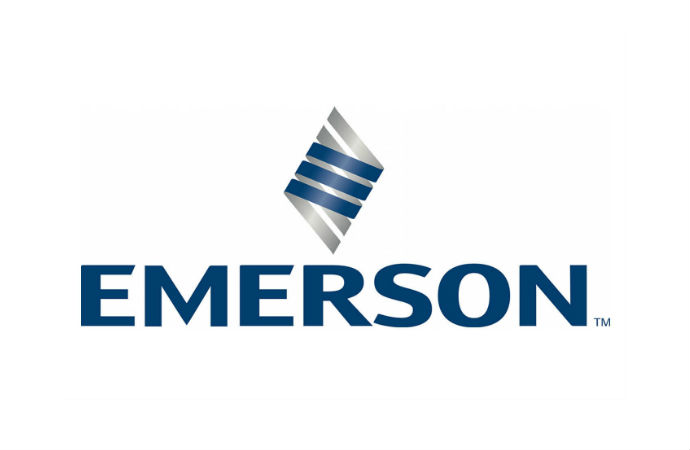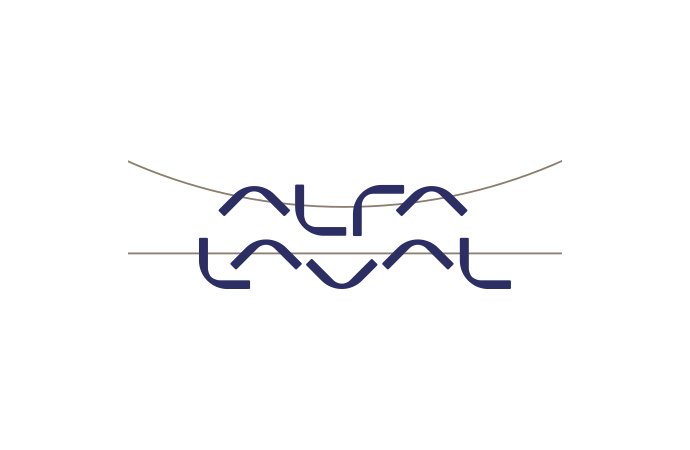With the aim of informing national stakeholders involved in the preparation and implementation of the hydrochlofluorocarbon (HCFC) phase-out management plan in Turkmenistan, about alternative technologies using natural refrigerants, a seminar was held on 17-19 April 2012 in Ashgabat. The event met with a great success and it has been recommended that similar workshops take place in other developing countries to help deploy natural refrigerants in the region.

Supported by the United Nations Environment Programme (UNEP) and organised by the National Ozone Unit (NOU), the seminar targeted policy-makers as well as companies working in the refrigeration and air-conditioning sector. It was presented that in all sectors where HCFC-22 is currently applied, from commercial refrigeration, air conditioners and heat pumps, and water-heating heat pumps to liquid chillers and industrial refrigeration, alternative solutions deploying natural refrigerants exist in the region of Europe and Central Asia.
Big potential for natural refrigerants
The Government of Turkmenistan acknowledges that the refrigeration and air-conditioning industry in Turkmenistan has a significant energy use. In order to meet the climate and ozone benefits, the country has committed to reducing the leaks and failure rates through improved practice and gradual replacement of old equipment with low-GWP alternatives whenever possible.
Given that Turkmenistan has experienced a GDP growth of about 10% in last years, the living standard is increasing and with the hot climate the use of air conditioning units is continuously expanding. Nowadays, most of them use HCFC-22, some are being replaced by HFC, but with the objective of deploying low GWP alternatives, the use of natural refrigerants has a great potential in air-conditioning in the future.
Barriers and proposed solutions
During the workshop several barriers to introduction of low-GWP technologies in Turkmenistan were identified, with lack of knowledge about these solutions being a top priority that needs to be addressed. Moreover, since the initial costs of equipment with ammonia and CO2 is usually higher it was recommended that incentives should be initiated to help facilitate faster adoption of these climate-friendly solutions.
As a result of the seminar, the following recommendations were made to overcome barriers to introduction of natural refrigerants:
- Establishment of a RAC association as soon as possible;
- Organisation of training courses and preparation as soon as possible of new manuals for maintenance and servicing with natural refrigerants;
- Introduction of standards and regulations for design and safe operation of these systems, using the experience of the European standard EN378;
- Installation of demonstration units and systems with new technologies using ammonia and CO2 not only in Turkmenistan, but also in other developing countries.
35% reduction of HCFCs by 2020
In 2010 an Agreement between the Government of Turkmenistan and the Executive Committee of the Multilateral Fund of the Montreal Protocol concluded in establishing the HCFC phase-out management plan. According to the plan, Turkmenistan has committed to freezing the consumption of HCFCs in 2013, by which time a 12% increase in HCFC-22 equipment is expected.
In order to achieve the target of a 35% reduction in HCFC consumption by 2020, the government foresees carrying out the following activities:
- Improvement of legislation and capacity building for enforcement through training of customs officers;
- Training of technicians in the refrigeration and air-conditioning sector, and;
- Reduction of demand for HCFC through recovery and recycling and provision of service tools.
MORE INFORMATION
Related stories














